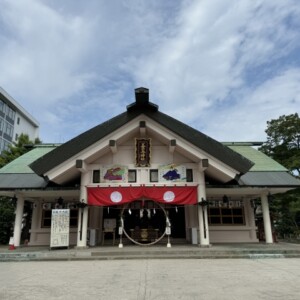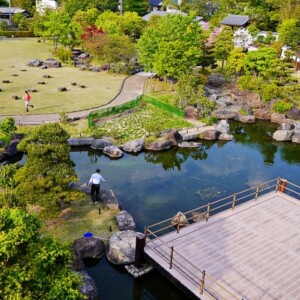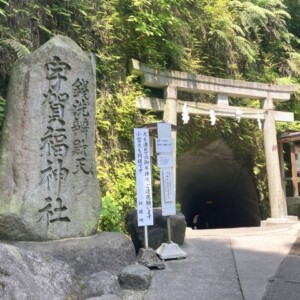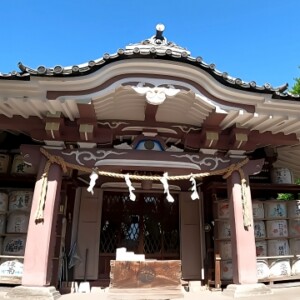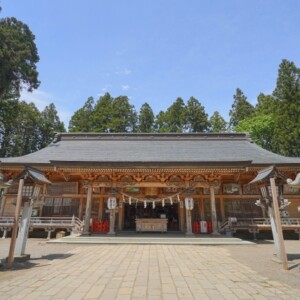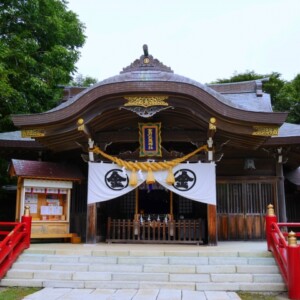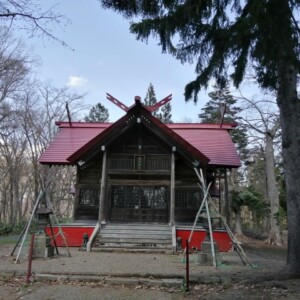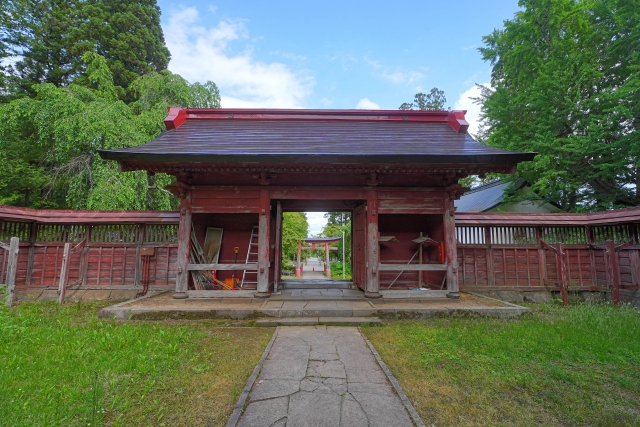
Takateru Shrine|Complete guide to the history, highlights, and worship information of this historic shrine
Takateru Shrine, quietly located at the foot of Mount Iwaki in Hirosaki City, Aomori Prefecture, is a prestigious shrine dedicated to Nobumasa Tsugaru, the fourth lord of the Hirosaki Domain. The shrine is unique in that it is built in the Yoshikawa Shinto style, and many of its buildings have been designated as national important cultural properties. The following is a detailed introduction to the charms of this historic shrine, which was revered as a spiritual pillar of the clan.
Outline and basic information about Takateru Shrine
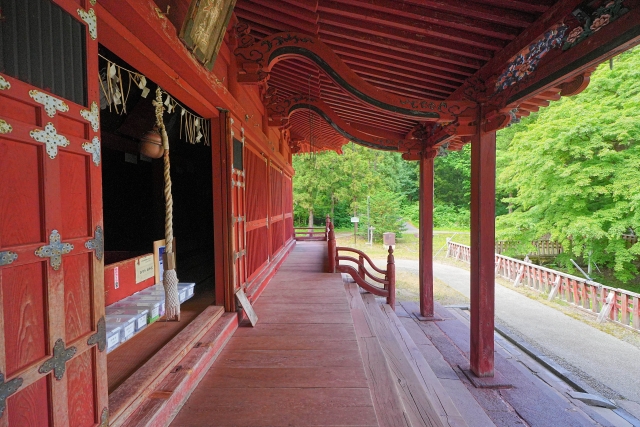
Takateru Shrine is located in Hirosaki City, Aomori Prefecture, and began as the mausoleum of Nobumasa Tsugaru, the fourth lord of the Hirosaki Domain, and is dedicated to Nobumasa as its god. Located in a scenic location at the foot of Mt. Iwaki, the shrine is characterized by its unique configuration, with a group of shrine pavilions arranged along an east-west axis at the foot of Mt.
There is no admission fee, and the shrine is open all year round. In July 2006, the main hall, eight other buildings, and the tomb of Nobumasa Tsugaru, the fourth lord of the Tsugaru domain, were designated as national important cultural properties, and the shrine is known for its high cultural asset value.
History and Origin
The shrine has its origins in the mausoleum of Nobumasa Tsugaru, the fourth lord of the Hirosaki Domain, who graduated in 1710. Nobumasa had studied under Yoshikawa Tadasagari, the founder of Yoshikawa Shintoism, before his death, and under Nobumasa’s bequest, Nobutoshi, the fifth lord of the domain, held a funeral service with the second Yoshikawa Shintoist, Yoshikawa Yukinaga, as the officiating priest, and buried him in Takaoka.
The mausoleum was built in 1711, and the main shrine in the following year. The 7th feudal lord, Nobunei Tsugaru, rebuilt the worship hall, and the 9th feudal lord, Neichika Tsugaru, built the Zuishimon gate and the Mausoleum gate, thus completing the present magnificent group of shrine buildings.
In 1877, the first feudal lord Tameshinobu was enshrined at the shrine, thus strengthening the shrine’s character as a shrine dedicated to the ancestral spirits of the Tsugaru family. In 1721, a small group of people were placed in front of the shrine to form the present Takaoka community, which indicates that the shrine was the center of the community’s formation.
Deities and Benefits
The main deity of Takateru Shrine is Nobumasa Tsugaru, the fourth lord of the Hirosaki domain. Nobumasa Tsugaru is considered to be the “Chugoku no Eishu” of the Hirosaki domain, is often spoken of as a “great lord,” and is the only lord of the domain to be worshipped as a deity. As the shrine boasted the highest authority in the domain, it was highly revered by the feudal lord and feudal warriors, and was the object of worship as “Takaoka-sama.
Lord Nobumasa was known as a great lord who devoted himself to the reform of the domain and the promotion of industry, and his academic and political skills are believed to be beneficial for academic achievement and good luck in business. Since the shrine was built to pray for the safety and development of the clan, many visitors come to the shrine to pray for the safety of their families and the development of the community.
The Tsugaru family is said to have come from the Kuji clan, a member of the Nanbu clan, and originally worshipped Hachiman-gami, the clan god of the Minamoto clan (the ancestor of the Nanbu clan). However, when they became independent from the Nanbu clan, they chose the Fujiwara clan as their ancestor, so it was necessary to worship Kasuga-gami, the clan god of the Fujiwara clan (a branch spirit of Kasuga Taisha Shrine). The four Kasuga deities are also enshrined.
Highlights of Takateru Shrine
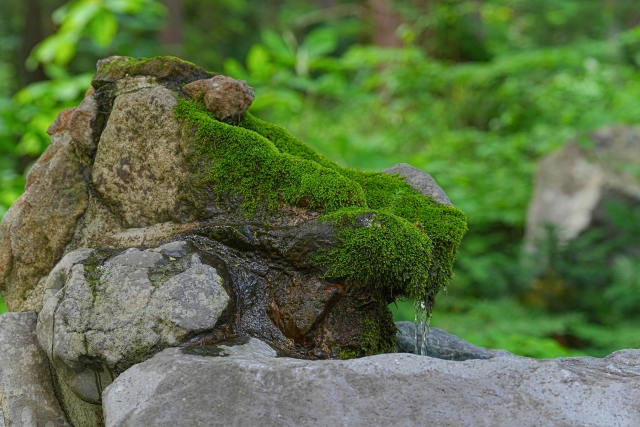
The most significant feature of Takateru Shrine is its unique shrine building configuration based on Yoshikawa Shinto, which has few analogues in Japan and is highly valued as an example of the development of shrine architecture in the early modern period. The architectural style and layout, which can only be seen at this shrine, have attracted the attention of many researchers and architecture enthusiasts.
Architectural and Structural Attractiveness
From the east, there is a torii gate, a zuijinmon gate, a hall of worship and a hall of offerings, an east hallway, a middle gate, a west hallway, and the main shrine building, with the mausoleum where the tomb of Nobumasa Tsugaru is located about 200 meters west of the main shrine building. The mausoleum, which houses the tomb of Nobumasa Tsugaru, is located approximately 200 meters west of the main hall. This alignment of east and west is based on the teachings of Yoshikawa Shinto, and is a unique spatial configuration not found in other shrines.
The main hall, erected in 1712 and surrounded by old trees, is particularly impressive and well represents the characteristics of shrine architecture in the mid-Edo period. The main hall is of high quality construction with a girder length of 3 ken, beam length of 3 ken, a single story, irimoya style, a front with chidori-gabled gables, a kara-gabled gable roof, and a kokera-roofed roof.
The Zuishimon Gate was built in 1810, and the Mausoleum Gate in 1815 by Tsugaru Neichika, the ninth lord of the feudal domain, showing the culmination of architectural techniques and aesthetic sensibilities of each period.
Nature and Scenic Beauty
Takateru Shrine is located in a rich natural environment at the foot of Mt. A weeping cherry tree estimated to be 300 years old, 16 meters tall, and 2.76 meters in trunk circumference is located within the shrine grounds. It is said that Nobumasa, the fourth lord of the domain, planted a weeping cherry tree at Ohoshi Shrine, and it is believed that the tree was planted at Takateru Shrine at that time as well.
Momosawa Kaido is a pilgrimage route to Momosawa Temple (now Iwakisan Shrine) and Takaoka Kaido is a route to Takaoka Reisha Shrine (now Takateru Shrine), and the rows of pine trees are thought to be 150 to 300 years old. The rows of pine trees are thought to be 150 to 300 years old. Even today, the historic rows of pine trees along the approach to the shrine remain, giving visitors a solemn feeling.
Many visitors have commented that the temple grounds are surrounded by deep forest and are not overly touristy, and that the atmosphere of the temple in the midst of the deep forest is even divine. Many visitors have commented that the atmosphere of the temple, set in the midst of a quiet forest, is even divine.
Cultural Properties and Important Collections
The Takateru Shrine is also known as a treasure house of cultural assets, with the main shrine, the hall of worship, the hall of offerings, and two other eight buildings designated as National Important Cultural Properties. In addition to the buildings, the shrine also houses many other valuable cultural assets.
Takateru Shrine enshrines Tsugaru Nobumasa, the Chugoku Eishu (Lord of Tsugaru), and was the spiritual center of the clan. Since the late Edo period (1603-1868), the shrine was used as a place to report to the company on the change of the new year, the implementation of important policies, and other good or bad events in the domain. A group of 255 documents, 253 items reported from 1801 to 1919, are designated as Important Cultural Properties.
The collection also contains 561 documents totaling 659 items. Because the shrine was under the control of the clan, many old documents remain, including records of shrine omens, rituals, and the Imperial Priest’s office, as well as documents related to the Shinto domain and the Kanda. These documents are valuable for understanding the history of the Hirosaki clan and the management of the shrine during the Edo period.
The museum also has an item dedicated by a former samurai of the clan in 1877 (Meiji 10), which is said to have been a flag used in the Battle of Sekigahara and received from the first lord of the clan, Tame-nobu, and is an important artifact that tells of the long history of the Tsugaru family.
Visiting and Worship Information
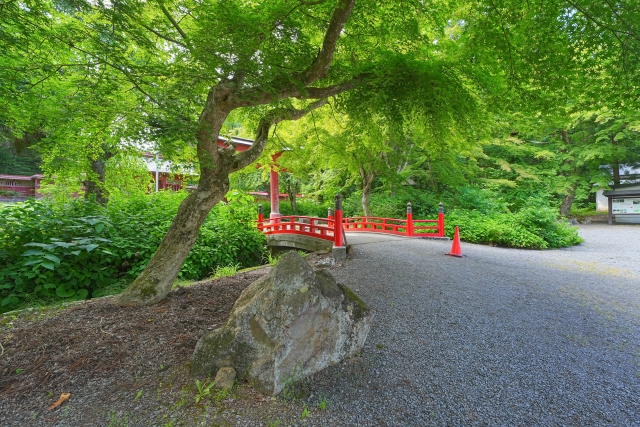
Takateru Shrine is open all year round, and there is no admission fee. Compared to Iwakisan Shrine, it attracts far fewer visitors, so if you want to visit the shrine in a more relaxed atmosphere, this is the better choice. Although the shrine is the mausoleum of the feudal lord of Tsugaru, it is a very prestigious shrine, and visitors can worship wholeheartedly in a tranquil environment.
Worship Etiquette and Manners
Worship at Takateru Shrine is conducted in the same manner as at ordinary shrines. Bow when passing through the torii gate and avoid the center of the path. After purifying your hands and mouth at the hand- and hand-watering basin, proceed to the front of the shrine and worship in the manner of “ni-sho, ni-sho, ni-sho, ni-sho, ni-sho, ni-sho.
It is especially important to pay respect to Takateru Shrine, as it is a prestigious shrine dedicated to the lord of the Hirosaki Clan. Since the shrine grounds are kept quiet, please refrain from loud conversations and be considerate of other visitors when taking pictures.
The mausoleum is closed and cannot be entered, but it is possible to visit from the outside. As the sanctuary where Nobumasa Tsugaru is laid to rest, we recommend that you visit the mausoleum with even more solemnity.
Red Seal and Good Luck Charm Information
You can receive a red seal at Takateru Shrine. The shrine has been protected for 300 years by Ujiko (shrine parishioners), and is maintained with the warm cooperation of the local community.
We recommend that you check the hours of operation at Abe Shoten before you visit the shrine to obtain a red seal. For more information about amulets and other awards, please confirm details at the site.
The shrine is dedicated to Nobumasa Tsugaru, the fourth lord of the Hirosaki domain, who is called the founder of the Hirosaki domain, and also has a mausoleum, so the red seal has special meaning for history buffs and people related to the Tsugaru family.
Access and Usage Information
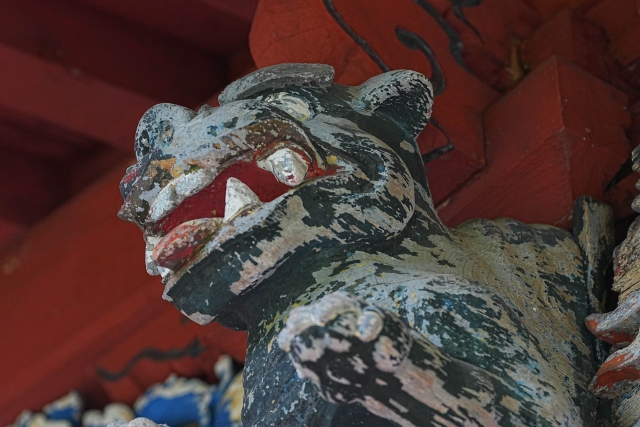
Takateru Shrine is located in the direction of Mt. Iwaki from the center of Hirosaki City, Aomori Prefecture, a short distance before the Iwakisan Shrine. It can be accessed by both public transportation and private vehicles. However, as the number of buses is limited, it is recommended to check the timetable in advance.
Access by Public Transportation
By public transportation, it takes about 40 minutes by bus from Hirosaki Station. Take the bus bound for Mt. Iwaki and get off at Takateru-jinja-mae. There is also an early morning service from Hirosaki Station after 7:00 a.m., making it possible to visit the shrine in the quiet of the morning.
Access by private car is approximately 40 minutes from the Owani Hirosaki IC on the Tohoku Expressway. Located on the way to Mt. Iwaki from the center of Hirosaki City, it is relatively easy to find. When using a car navigation system, please search for the shrine name “Takateru Shrine” or the address.
Takateru Shrine is not a famous place, partly because it is located completely away from the tourist attractions of Hirosaki City, but the fact that it is not overly touristy makes it a good place to enjoy the atmosphere of the shrine, which is set in a quiet forest.
<Address> 87 Kamimano, Takaoka, Hirosaki City, Aomori Prefecture, 036-1344, Japan
Hours of Admission, Fees and Parking Information
Takateru Shrine has no set hours of operation and is open year-round. There is no admission fee, and everyone is welcome to visit the shrine.
Parking for 10 cars is available on the grounds and is free of charge. If you plan to visit the shrine with a large bus, we recommend that you consult with the management in advance.
Credit cards, electronic money, and smartphone payments are not accepted, so please bring cash when purchasing red seals and awards.
Repair work on the worship hall, which is an important cultural property, as well as on the hall of offerings, the east and west eaves corridors, and the central gate began in 2026 and is scheduled to be completed in about 58 months (about 4 years and 10 months). Visitors can still visit the shrine during the construction period, but there may be some restrictions on viewing certain parts of the site, so please confirm details in advance.
Reference sites
Hirosaki City official website (Takateru Shrine): https: //www.city.hirosaki.aomori.jp/gaiyou/bunkazai/kuni/kuni20.html
Takateru Shrine Management Review Committee: https://www.takaterushrine.com/
Cultural Heritage Online (Takateru Shrine main building): https: //bunka.nii.ac.jp/heritages/detail/202909



